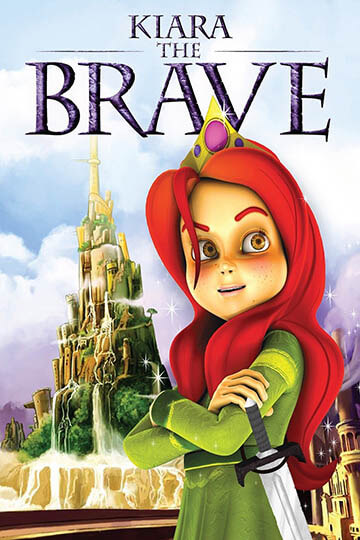
What’s It About
Kiara the Brave (originally titled “Super-K”) is a 2011 Indian animated fantasy film that gained notoriety as a prominent example of a “mockbuster” – a low-budget film designed to capitalize on the marketing of a major studio release through title similarity and strategic timing. The film was initially produced by Shemaroo Entertainment under the title “Super K: The Movie” with writers Vibha Singh and Jaspinder S. Kang, directors Smita Maroo and Vijay S. Bhanushali, and producer Smita Maroo at the helm. Following its original 2011 release in India, the film underwent a strategic rebranding. On June 19, 2012, it was rereleased in North American markets as “Kiara the Brave” – just three days before Disney-Pixar’s highly anticipated animated feature “Brave” hit theaters on June 22, 2012. This calculated move exemplifies classic mockbuster tactics: creating similar titles to a major studio release, deliberately timing the release to precede the blockbuster, designing packaging to visually reference the higher-budget film, and implementing marketing intended to create consumer confusion, particularly among parents shopping for children’s entertainment. Despite the title similarity to Pixar’s “Brave,” the narratives have virtually nothing in common beyond featuring female protagonists. The film actually contains two somewhat contradictory storylines that appear to have been awkwardly merged. In one version, Princess Kiara from the Kingdom of Daluming embarks on a heroic journey to save her ailing father. Her adventure involves confronting an evil witch and receiving assistance from magical talking animals including birds and cats, as she overcomes various obstacles to save her kingdom. The alternative storyline takes place in Dreamzone, a special realm within the galaxy ruled by the kind-hearted King Maximus and his daughter Princess Kiara. The king’s brother Dreadmus plots to overthrow the throne and creates Super-K, a superhero boy with the collective powers of all Dreamzonians. When Super-K proves unable to control his powers, Dreadmus considers him a failure and abandons him to his minions named Accidentally and Suddenly. The plot thickens when Dreadmus allies with Dr. Ozox, a masked alchemist with his own plans to conquer Dreamzone, forcing Super-K and his friends to protect the realm while Super-K simultaneously struggles to master his unpredictable abilities. Critics and viewers who have discovered Kiara the Brave frequently note its poor animation quality, inconsistent voice acting, and confusing narrative structure. The film features simplistic character designs, limited movement animation, and backgrounds lacking detail compared to mainstream animated features of the same period. Phase 4 Films, the North American distributor responsible for the “Kiara the Brave” rebranding, became known for similar tactics with other animated films. The dual identity of the film—beginning as “Super-K” before transforming into “Kiara the Brave”—demonstrates the flexibility and opportunistic nature of mockbuster marketing strategies. The contradictory plot elements suggest possible post-production alterations to better align with the Pixar film it was imitating. In some markets, the DVD packaging featured a red-haired female character prominently, despite the fact that the actual protagonist in the film doesn’t match this appearance, further demonstrating the deliberate attempt to create visual similarity to Pixar’s “Brave” marketing materials. Despite its derivative nature and generally poor reception, Kiara the Brave provides an interesting case study in animation marketing practices, international film distribution, and the economics of the children’s entertainment industry in the early 2010s. The film represents a particular moment in home video history, arriving just as digital distribution was beginning to transform how animated content reached audiences, but before streaming services had completely disrupted the direct-to-video market that mockbusters primarily targeted. For collectors of obscure animation and film historians, it serves as a fascinating artifact of a controversial yet persistent marketing strategy in family entertainment.
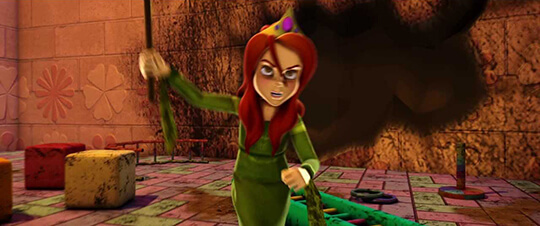
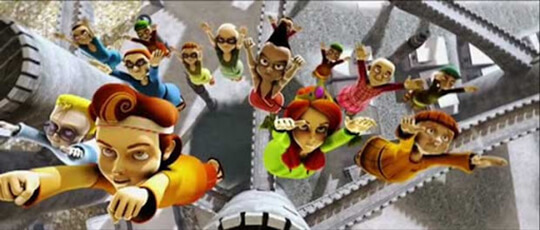
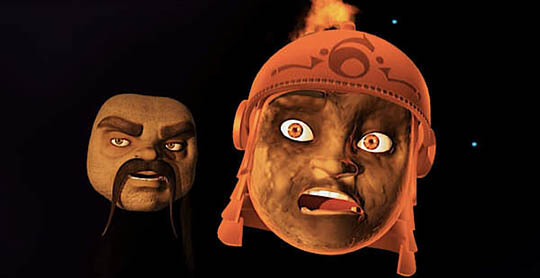
MoviesInMo says:
Heavily influenced by;
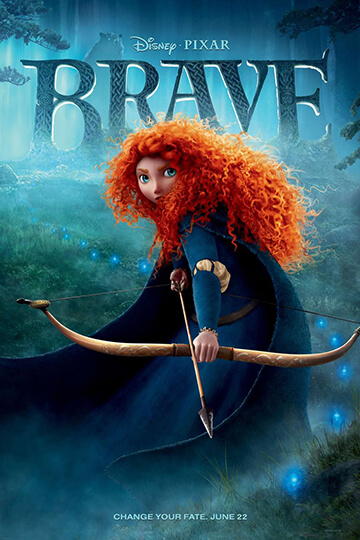
Brave
June 22, 2012 ‧ PG Family/Adventure
$538.9 million

